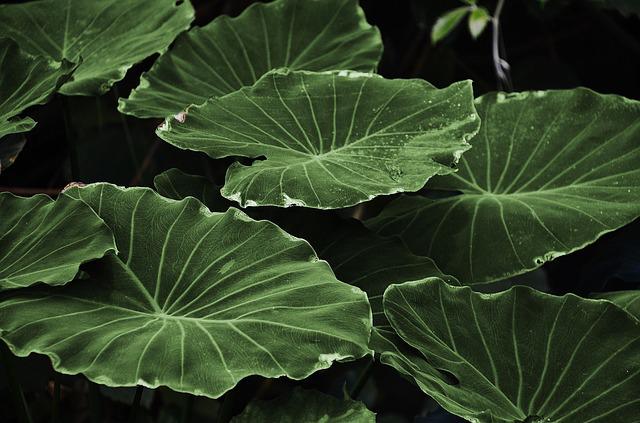
Recently we posted a blog about how you can prevent your squash from being infected with powdery mildew. We thought we would continue this by expanding a bit about the disease so that you know what you should look for if you suspect that you have a problem with it.
Powdery Mildew Facts
Below are some interesting facts about powdery mildew.
- The spots can form on both lower and upper leaf surfaces. They expand quickly into big blotches.
- Powdery mildew will weaken your plant. Fruit will ripen prematurely. Plants that are infected will produce smaller and fewer fruit.
- In dry, warm conditions, new spores will form and easily spread the disease.
- Prevent it by providing good movement of air around the plants by staking the plants, controlling weeds, and properly spacing them.
- It may be necessary to use a fungicide if there are susceptible plants growing in an area that had yield loss before.
Signs of Powdery Mildew
If you aren’t sure whether you have powdery mildew on your plants, below are some things that you want to look for to help you with identifying it.
- Plant looks as if it was dusted using flour
- It begins as powdery white, circular spots. These can show up on stems, leaves, and even the fruit
- It usually covers the leaves’ upper part. But sometimes they can show up on their undersides too.
- Foliage that is young is most prone. The leaves will turn yellow, then they’ll dry out.
- It could cause some of the leaves to become disfigured, break or twist.
- It will spread until it covers most of an affected area.
- The growing tips, buds, and leaves are also going to become disfigured. These kinds of symptoms usually will appear later.
These are some of the things that you should look for when you are worried that you have a problem with powdery mildew on your plants. Have more concerns about gardening or landscaping? We offer a variety of services. Contact us here to request a quote or a callback and we’ll be glad to answer any of your questions.

